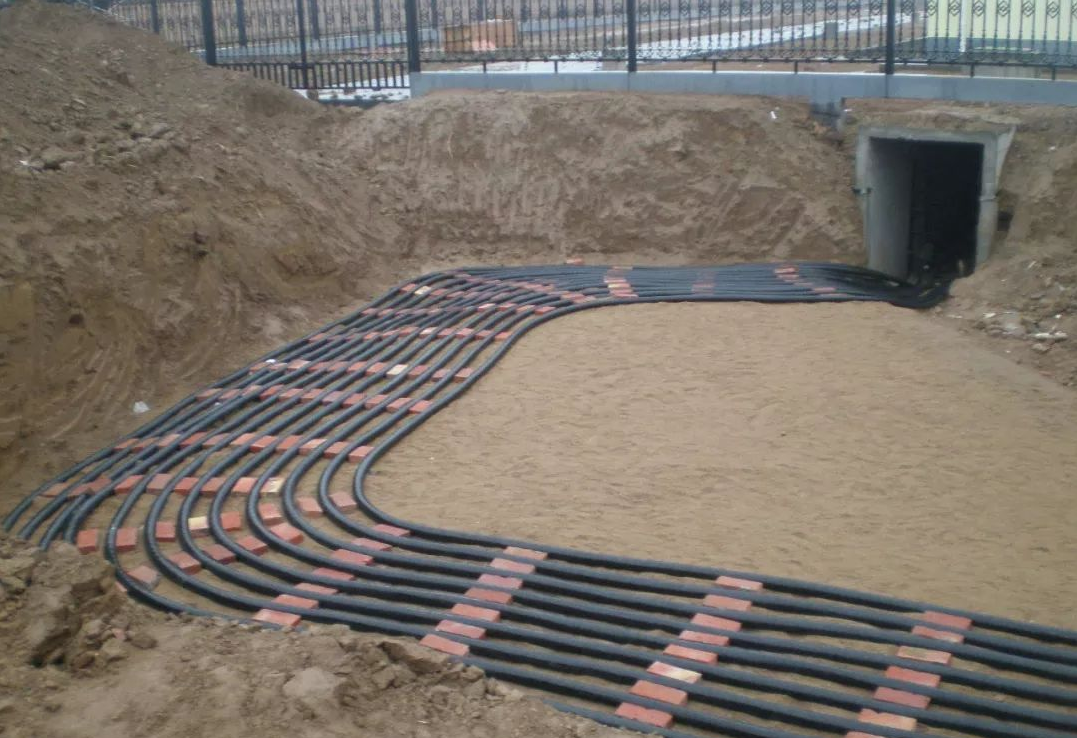Wire and cable installation on large construction sites is particularly complex, requiring strict construction processes and efficient techniques to ensure the safe and stable operation of the electrical system. Due to the complex construction environment and large construction area, wire and cable installation must not only ensure the continuity and safety of the power supply, but also pay attention to subsequent maintenance and inspection. Below, we will reveal some practical tips for wire and cable installation at large construction sites.

Plan Ahead and Design a Reasonable Wiring Plan
Wire and cable routing on large construction sites requires detailed planning before construction begins, with a well-designed cable routing. This planning should comprehensively consider the building layout, power requirements of different areas, equipment location, and potential obstructions. When designing cable routes, it is particularly important to avoid crossings, overlaps, and unclear routing to facilitate future maintenance and troubleshooting. Also, consider the possibility of future cable additions and reserve sufficient space.
Select Cable Materials to Ensure Safety
When selecting wires and cables, it is crucial to choose the appropriate cable type based on the construction site environment and load requirements. For example, in humid and damp environments, choose water- and moisture-resistant cables; in high-temperature areas, choose high-temperature-resistant cables. Also consider the cable’s insulation rating to ensure that the cable does not experience damage due to insulation aging or damage in high-voltage environments. Additionally, avoid using expired or low-quality cables and ensure that each cable meets relevant safety standards.
Proper installation to prevent cable damage
During cable installation, avoid excessive bending, stretching, or squeezing of the cables. Use appropriate brackets or conduits to maintain cable straightness and ensure that the maximum bend radius is not exceeded. During installation, ensure that the cable is installed in a location that is protected from external forces such as heavy objects or mechanical equipment. Furthermore, cable connection points must be reinforced using specialized tools and materials to prevent loose connections and electrical leakage.
Perform rigorous testing to ensure the proper operation of the electrical system
After cable installation, perform rigorous electrical testing to ensure that each cable is functioning properly. Common tests include resistance testing, insulation testing, and withstand voltage testing. These tests can effectively identify problems during cable installation and allow for timely repairs. Especially when testing high-voltage cables, extreme caution is required to avoid safety hazards caused by leakage or poor cable insulation.
Electrical cable installation on large construction sites is a complex and crucial undertaking. Only through careful planning, material selection, installation, and testing can the long-term stable operation of the electrical system be ensured. Implementing the practical techniques described above will not only improve construction efficiency but also maximize safety and ensure the smooth completion of the project. Every step of cable installation requires rigorous control; details determine success or failure.
Post time: 2025-08-01




